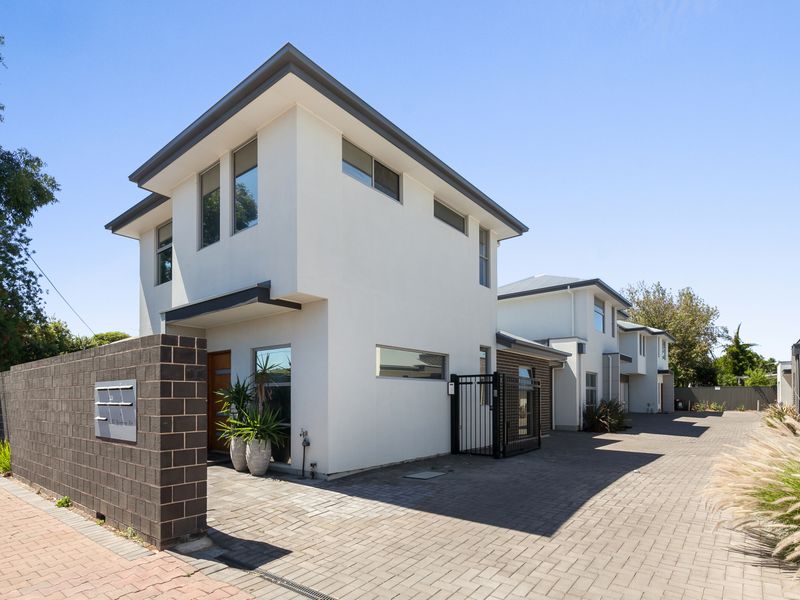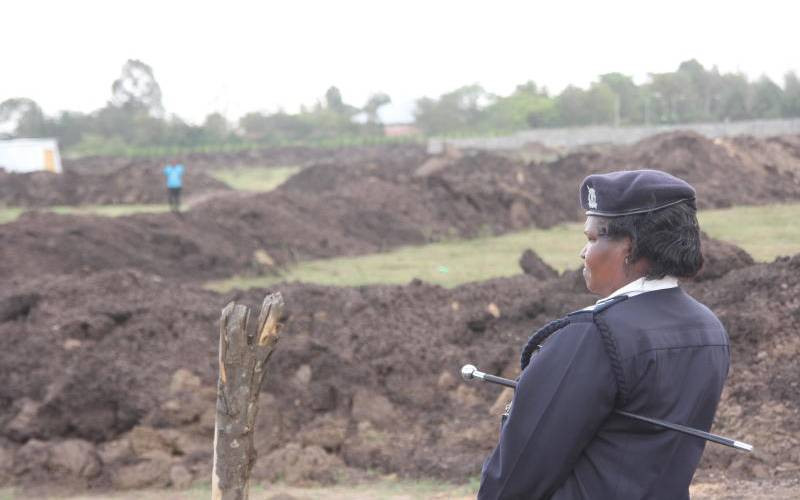
Joint ventures are gaining ground on the property scene as the market begins to recover after a slow year.
Ordinarily, a real estate joint venture is where a financier partners with a land owner to put up a project, with a comprehensive understanding on how each party will benefit.
But with time, the concept has evolved to take other forms that take into consideration the unique needs of the parties involved.
A good example is the approach taken by SamPesa, a local real estate firm dealing with the development of property and real estate management.
Samuel Murigi, SamPesa director, says they develop land leased from individuals.
“A joint venture assists the community in investing in real estate by providing funding for building houses and drilling boreholes by bringing professionalism in the venture,” he says.
He says SamPesa leases strategically located plots for 15 years then build apartments. During the lease period, they take 70 per cent of the rent whereas the 30 per cent goes to owner of land.
But what if the property developed does not get tenants?
Murigi says feasibility studies have cushioned them against incurring losses. However, he says, even if they fail to get their money back during the lease period, they still exit the property and leave it to the owner of the land.
He says despite its popularity; the model needs a lot of care so that there is no loophole that can be exploited by either party.
State plan
Joint venture is one of the models the government will use in its affordable housing plans.
Transport, Infrastructure and Urban Development Cabinet Secretary James Macharia announced that they were planning for joint venture projects with local companies to execute the planned 8,000 low-cost housing units in Mavoko, Machakos County. The project is already underway.
He said local firms had failed the test of solely building the houses.
Stay informed. Subscribe to our newsletter
“No local firm has the capacity for such developments and what we wanted were companies that have a verifiable record of having handled mass housing developments. But we encourage joint ventures that will promote local companies’ capacity as well as foster a practical technologytransfer platform,” Macharia said.
Most Kenyan real estate developers have been using other models like rent-to-own, mortgage financing and many others to do construction projects.
The government said 35 companies had been shortlisted for the Mavoko project under an engineering and procuring construction model. The model allowed winning bidders to source for financing and put up the houses using affordable model of below Sh1.5 million designs and technologies that are time-efficient but of high quality.
Land from counties
Macharia had said counties had identified land for the projects.
“Land is a major hindrance to housing development as it constitutes up to 30 per cent of the building costs. Once we provide land, the builders, using alternative technologies, will be able to enjoy fast-tracked processes, enabling them to utilise time and labour efficiently,” he said.
With government incentives such as a 15 per cent corporate tax relief to developers who construct more than 100 low-cost units, joint ventures could be the next big thing in the Kenya’s real estate industry.
dmwitari@standardmedia.co.ke
 The Standard Group Plc is a
multi-media organization with investments in media platforms spanning newspaper
print operations, television, radio broadcasting, digital and online services. The
Standard Group is recognized as a leading multi-media house in Kenya with a key
influence in matters of national and international interest.
The Standard Group Plc is a
multi-media organization with investments in media platforms spanning newspaper
print operations, television, radio broadcasting, digital and online services. The
Standard Group is recognized as a leading multi-media house in Kenya with a key
influence in matters of national and international interest.
 The Standard Group Plc is a
multi-media organization with investments in media platforms spanning newspaper
print operations, television, radio broadcasting, digital and online services. The
Standard Group is recognized as a leading multi-media house in Kenya with a key
influence in matters of national and international interest.
The Standard Group Plc is a
multi-media organization with investments in media platforms spanning newspaper
print operations, television, radio broadcasting, digital and online services. The
Standard Group is recognized as a leading multi-media house in Kenya with a key
influence in matters of national and international interest.






